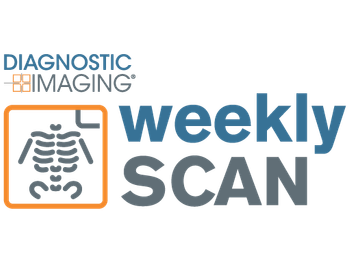
Catch up on the top radiology content of the past week.

Catch up on the top radiology content of the past week.
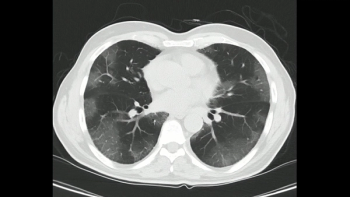
Noting that an AI software platform could save radiologists up to an hour a day in interpreting chest computed tomography (CT) scans, the authors of a prospective study found shorter mean interpretation times with non-contrast and contrast-enhanced CT as well as positive CT scans with and without significant new findings.

What is your diagnosis?
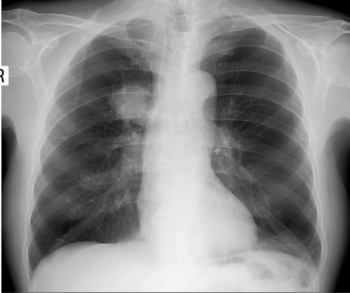
Emerging research shows a 14.5 percent increase among African Americans getting screened for lung cancer, which may be attributable to the United States Preventive Services Taskforce (USPSTF) lowering the minimum screening age to 50 and decreasing the smoking intensity screening threshold from 30 pack years to 20 pack years in March 2021.
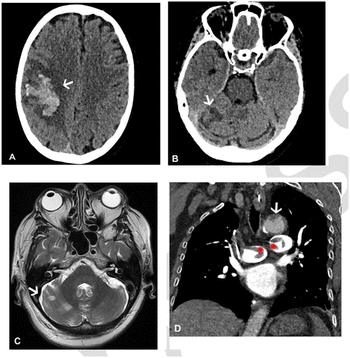
In what may be the largest study to date to examine the use of whole-body imaging to assess multisystem thrombosis in patients with COVID-19 vaccine-induced immune thrombotic thrombocytopenia, researchers found multiple sites of thrombosis in 83 percent of patients who had additional CT, MRI and/or ultrasound imaging beyond the area of their primary complaint.

Whether it is humorous associations with common terminology, oddities on X-rays or decidedly uncomfortable imaging findings, this author shares a few chuckles from his experience.
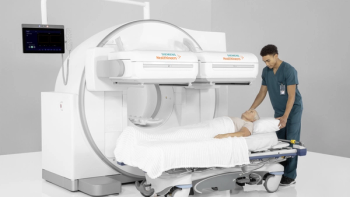
The newly FDA-cleared Symbia Pro.specta SPECT/CT Scanner, which reportedly offers a variety of enhanced capabilities including low-dose CT up to 64 slices and intuitive workflow guides, was launched at the Society of Nuclear Medicine and Molecular Imaging (SNMMI) 2022 Annual Meeting.

Catch up on the top radiology content of the past week.

The new workload management system reportedly emphasizes predictive analytics to facilitate efficient workload distribution and increase reading capacity for radiologists.
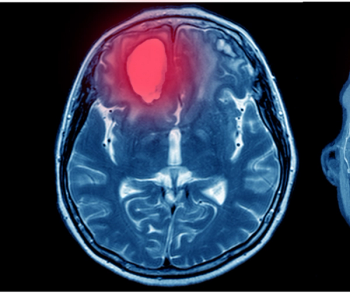
A 3D whole brain convolutional neural network could provide enhanced sensitivity and specificity for diagnosing intracranial hemorrhages on computed tomography, according to new research presented at the Society for Imaging Informatics in Medicine (SIIM) conference in Kissimmee, Fla.

A new study showed that the computed tomography radiomics nomogram model had 21.7 percent higher accuracy, 16.7 percent higher sensitivity and 23.5 higher specificity in comparison to a clinical model in a validation cohort.

Do we settle for oblique truths more often than not to mitigate potential repercussions?

Catch up on the top radiology content of the past week.

In a recent video interview on the current iodinated contrast media shortage, neuroradiologist Sean Bryant, MD discussed imaging alternatives, emphasized communication with referring physicians on optimal studies, and discussed the ongoing need to prevent “protocol creep” with timely updates of imaging protocols.
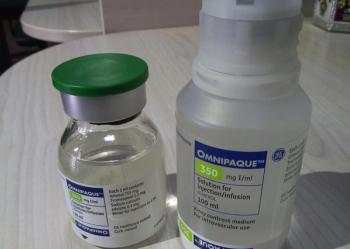
The resumed production of GE Healthcare’s Omnipaque products is a welcome development for radiologists scrambling to come up with alternative dosing and imaging options in the past month during the temporary shortage of iodinated contrast media.
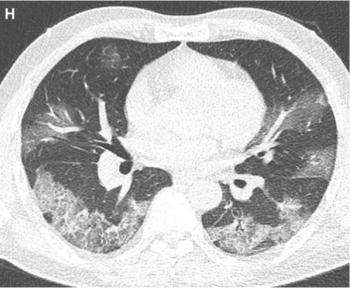
Patients who had breakthrough COVID-19 infections and full vaccination with the BNT162b2 vaccine (Pfizer/BioNTech) were 36 percent less likely to develop related pneumonia than unvaccinated patients with COVID-19 infections.

In an ongoing quest to reduce the impact of the temporary iodinated contrast media (ICM) shortage, a group of researchers recently examined Medicare claims data to identify high-frequency usage patterns of contrast-enhanced computed tomography (CECT) services.
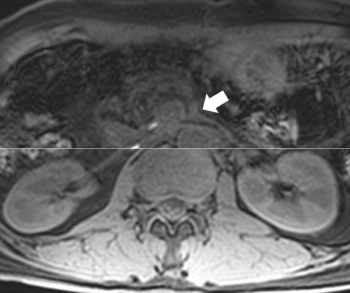
For post-op monitoring of patients who had pancreatic ductal adenocarcinoma (PDAC) resection, a new study showed that diffusion-weighted magnetic resonance imaging (MRI) had enhanced sensitivity for detecting recurrent tumors in comparison to conventional MRI.

Catch up on the top radiology content of the past week.

A new study revealed that an emerging artificial intelligence (AI)-enabled software tool led to improved sensitivity, specificity and inter-observer agreement for the diagnosis of indeterminate pulmonary nodules on chest computed tomography (CT) scans.

Catch up on the top radiology content of the past week.

In a recent video interview, two radiology professors from the Yale School of Medicine discussed the impact of the iodinated contrast media (ICM) shortage and potential strategies, ranging from ICM dose reduction to possible deferment of non-urgent imaging, that may provide a viable path moving forward.
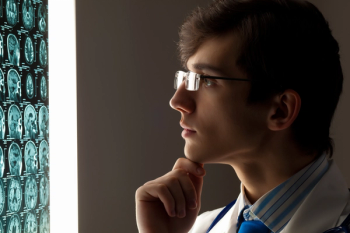
Is it a thoughtless verbal reflex or a failure to go beyond a surface read of imaging?

Catch up on the top radiology content of the past week.

In recent video interviews, Syam Reddy, MD, Judy Yee, MD and Anand Narayan, MD, discussed various benefits of computed tomography colonography (CTC) for colorectal cancer screening, the underutilization of the CTC procedure and steps moving forward to improve access to this procedure.